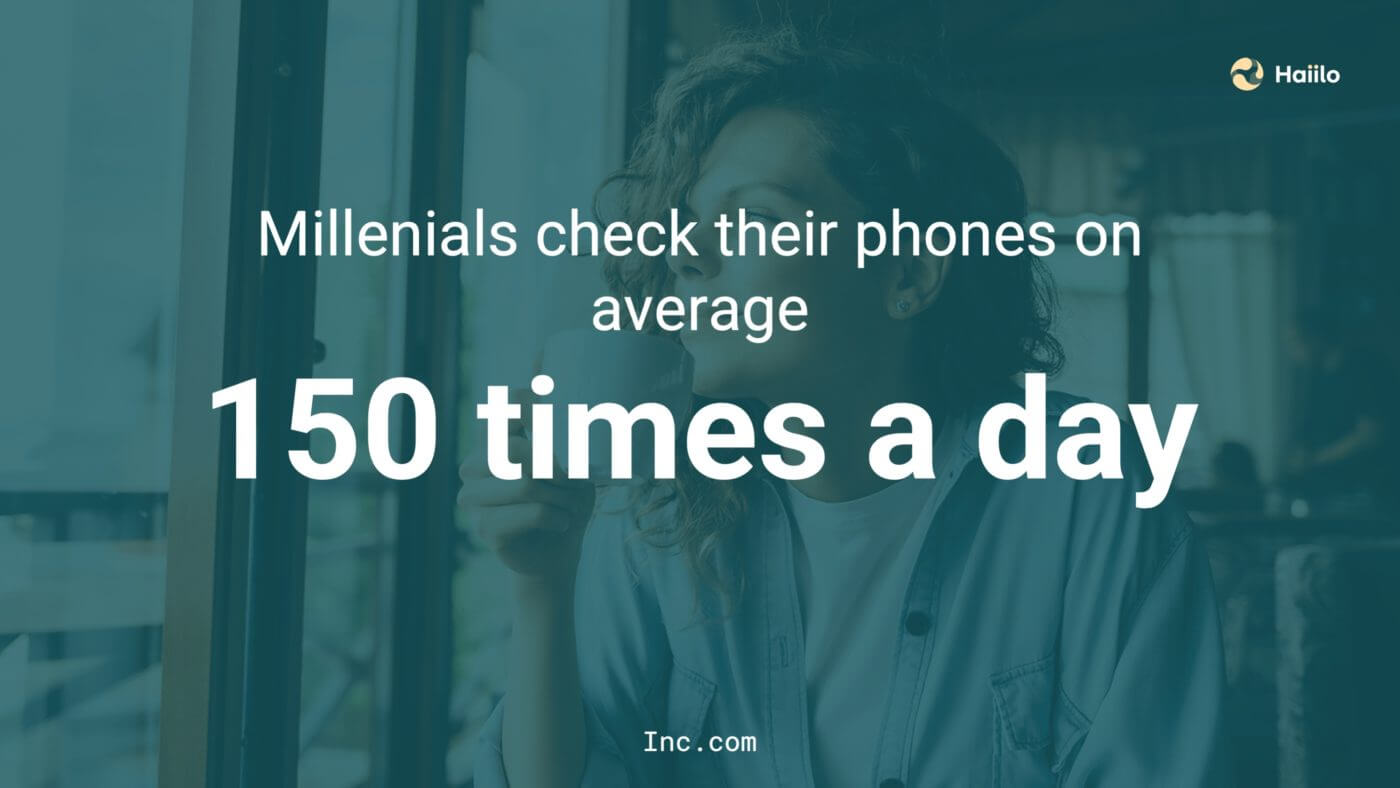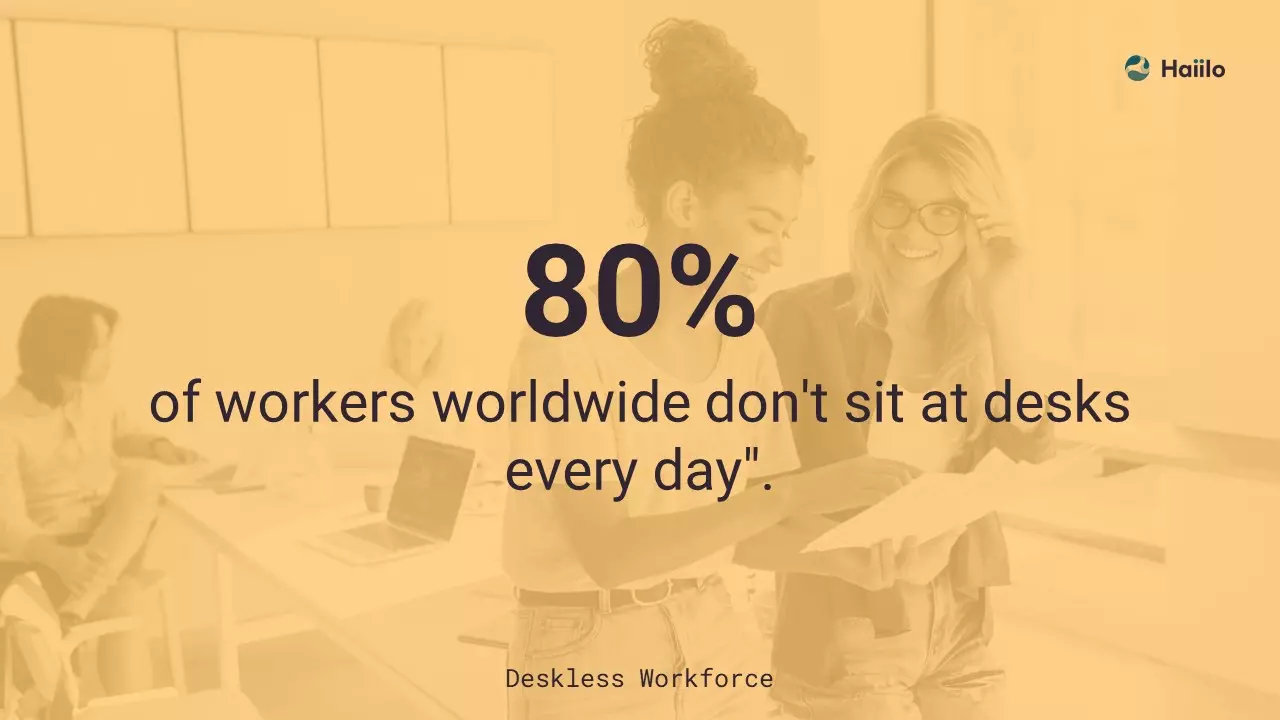
10 Principles of Modern Employee Communications
10 Principles of Modern Employee Communications
In this ebook:
- Introduction
- Chapter 1: Your employees have changed
- Chapter 2: There’s no CX before EX
- Chapter 3: People trust people (not logos)
- Chapter 4: External is also internal
- Chapter 5: Measure the business impacts of your internal comms (even if you are not asked to do so)
- Chapter 6: People don’t remember facts, they remember stories
- Chapter 7: Follow the path marketing has carved
- Chapter 8: Dare to be human
- Chapter 9: Create corporate content in the voice of the employee
- Chapter 10: Comms is everyone’s job
- Conclusion
Principle #1. Your employees have changed.
Technology has deeply changed the way we consume information. Think about it: how often do you search for relevant news versus read interesting information that naturally comes to you through your favorite news app, Facebook, LinkedIn or Twitter apps? These technologies cater content to us based on our preferences, interests and interactions over time. This means that our expectations – when it comes to information consumption – are at an all-time high.
Still, when most of us get to work every day, we’re back to two main communication channels – email and Intranet. While these channels serve a purpose, the modern employee expects relevant information to be delivered at the right time through their preferred channels and devices.
“… the modern employee expects relevant information to be delivered at the right time through their preferred channels and de- vices.”
The “modern employee” is reshaping the workplace
A new generation of employees – Millennials – is entering the workforce. They are the largest generation in the US labor force and they are projected to represent 75% of the global workforce by 2025.
The thing is, they are shaking up organizational cultures and the way companies are working. They grew up in the technological age, they are connected, can’t spend a few hours away from their smartphones and they check their phones many times a day – 150 times a day to be exact!
Unsurprisingly, they have their own expectations when it comes to communication and collaboration in the workplace and most importantly, they want to do things their own way.
Millennials have a different approach to work and they don’t hesitate to question traditional – and outdated – ways of communicating in the workplace. Think about it: they are used to having personalized news feeds on social media. They build online communities, share insights on forums and look for recommendations on social media. If you stick to untailored email newsletters and outdated Intranets to communicate in the workplace, you’re going to create a gap between your employees’ communication habits and the way you’re communicating with them and this gap may harm your business’s bottom line before you know it!
If you want your employees to engage with the content you share with them, you’ll need to adapt your internal communications to their media consumption habits. In fact, majority of internal comms professionals surveyed by us in 2022 identified personalized employee experience as a key priority for internal comms professionals.
In other words, you‘ll need to communicate relevant content to each individual within your organization, through their preferred channels and devices.
It’s time for you to embrace change
If companies want to communicate effectively with their employees, they need to recognize that fundamentally, their employees have changed and look to mirror the behavior they already have rather than trying to create new ones.
You can’t expect your employees to communicate with their colleagues through emails and the company Intranet because it is convenient for the business. Instead, you need to adapt your internal comms to your em- ployees’ expectations and habits.
More specifically, you need to consider the following points when rethinking your employee comms:
1. How to build an employee comms strategy that is suitable for all the generations you have at your workplace?
Your workplace is most likely made of several generations – millennials as mentioned earlier as well as generation X, generation Z and employees who are about to retire. Since you’re dealing with a multi-generational workforce, it becomes challenging for you to find the messages, content types and comms channels that are convenient for everyone within the organization.
2. How to keep your deskless and remote workers engaged?
Remote work has become the norm in some businesses. Think about it: one-third of the companies surveyed by Buffer said that all their employees work remotely. That’s a lot!
There’s no doubt that remote work is changing the game. You probably know the saying “out of sight, out of mind”. So, when your employees aren’t at the office, you need to re- think your IC strategy so you can keep them informed and engaged.
But remote work is not the only challenge IC practitioners are facing right now. They also need to find ways to connect and engage with deskless employees, whether they’re on the road or working in factories for example. Organizational structures are getting more and more complex and if you want your employees to keep up with the company news and engage with the content you share with them, you need to communicate with them through their favorite channels – personalized news feeds, mobile apps, and tailored newsletters.
Principle #2. There’s no CX before EX.
It all starts with great employee communications
Employee communications plays a critical role in employee experience or EX. Think about it: the way you communicate with your employees and whether you encourage them to share their thoughts has a direct im- pact on how they feel about their jobs, the company and the brand itself.
As Gallup defines it, the employee experi- ence is:
“The journey an employee takes with your organization. It includes all the interactions an employee has with your organization be- fore, during and after their tenure“.
It’s 2020 and every company is “custom- er-centric”. Well…to become customer-centric, you first gotta be employee-centric, right? The math is pretty simple here: take care of your employees and they will take care of your customers. Remember what Sir Richard Branson, founder of Virgin Group said: “If you look after your staff, they‘ll look after your customers. It‘s that simple”.
Essentially, there’s the relationship between a company and its employees which is then followed by the relationship between the employees and the customers. The point is, great customer experience starts with an exceptional employee experience.
But how many so-called “customer-centric” companies put as much effort towards their employees? Not that many.
A recent Deloitte survey found that 59% of executives say their companies are not ready or only somewhat ready to address EX. And it’s problematic since EX and CX are strongly connected: Jacob Morgan, the author of The Employee Experience Advantage found that companies that invest heavily in employee experience are included twice as often in the American Customer Satisfaction Index compared to those that don’t make EX a top priority.
It all starts with great employee communications
Employee communications plays a critical role in employee experience or EX. Think about it: the way you communicate with your employees and whether you encourage them to share their thoughts has a direct im- pact on how they feel about their jobs, the company and the brand itself.
As Gallup defines it, the employee experience is:
“The journey an employee takes with your organization. It includes all the interactions an employee has with your organization before, during and after their tenure“.
Most businesses acknowledge the importance of employee communications when it comes to delivering a great employee experience.
Sounds interesting?
Download our free eBook and find out the other 8 principles of modern employee comms!



